The humble taro root, with its starchy flesh and nutty flavor, has been a dietary staple across tropical and subtropical regions for centuries. Yet when those telltale green shoots emerge from its knobby surface, many home cooks face a dilemma – is sprouted taro still safe to eat? Unlike the well-publicized dangers of potato sprouts, the truth about taro sprouts reveals a more nuanced story that intertwines food science, traditional wisdom, and practical kitchen know-how.
At first glance, those pale green shoots curling from the taro's "head" might trigger alarm bells for anyone familiar with solanine toxicity in potatoes. However, taro (Colocasia esculenta) belongs to an entirely different plant family – Araceae rather than Solanaceae – which means its biochemistry follows different rules. The sprouting process in taro doesn't produce dangerous alkaloids like solanine, but rather triggers other chemical changes that require thoughtful handling rather than outright rejection.
The key lies in understanding where taro stores its defensive compounds. Unlike potatoes where toxins concentrate in sprouts and green skin, taro's calcium oxalate crystals – the substance that causes that unpleasant mouth itch – remain distributed throughout the flesh even before sprouting. These microscopic needle-shaped crystals serve as the plant's natural pest deterrent, explaining why traditional preparation methods always involve thorough cooking to break them down.
When taro begins to sprout, two important transformations occur. First, the plant starts converting its starchy reserves into sugars to fuel new growth, which can subtly alter the texture and sweetness of the flesh. Second, metabolic activity increases in the "head" area where sprouts emerge, leading to higher concentrations of oxalates in that specific zone. This biological fact forms the basis of the traditional practice of "de-heading" sprouted taro before consumption.
Seasoned cooks across Southeast Asia and Pacific islands have long practiced the technique of removing about one inch of flesh from the sprouting end. This isn't mere superstition – scientific analysis shows oxalate levels can be 20-30% higher in the sprouting zone compared to the root's base. By generously trimming this area and peeling thoroughly, we eliminate the most oxalate-dense portion while preserving the edible quality of the remaining tuber.
Proper preparation turns sprouted taro from questionable to delicious. After removing the sprouted portion, the root should be peeled deeply to eliminate the outer layer where oxalates concentrate. Traditional methods like simmering with a pinch of baking soda or vinegar help further neutralize remaining crystals. The result is taro that's not only safe but often sweeter and more aromatic than unsprouted specimens, as the natural sugars developed during sprouting caramelize beautifully during cooking.
Nutritionally, sprouted taro offers some surprising benefits. The sprouting process activates enzymes that increase the availability of certain nutrients. Studies show slight increases in vitamin C and B vitamins in moderately sprouted taro, along with easier-to-digest starches. Of course, these advantages only apply when proper trimming and preparation methods are followed – consuming large amounts of untrimmed sprouted taro could lead to oxalate-related discomfort.
Across tropical cultures where taro features prominently in traditional cuisine, sprouted specimens aren't discarded but rather treated as a slightly different ingredient. In Hawaiian poi preparation, Filipino laing, or Samoan palusami, cooks adjust their techniques based on whether the taro shows sprouts. The universal approach involves more thorough cooking and often pairing with acidic ingredients like coconut milk or citrus that help mitigate oxalate effects.
Modern food science confirms the wisdom of these traditional practices. Research published in the Journal of Agricultural and Food Chemistry demonstrated that boiling sprouted taro for 25-30 minutes (after proper trimming) reduces soluble oxalates by 60-70%, making it safe for most people to consume. The study also noted that steaming proved less effective than wet cooking methods, underscoring why traditional recipes overwhelmingly use boiling or stewing techniques for sprouted taro.
For those attempting to grow taro at home, the sprouting phenomenon takes on different significance. Gardeners often deliberately encourage sprouting by keeping tubers in moist conditions, as these "slips" become the planting material for new crops. This agricultural perspective highlights how sprouting represents the natural life cycle of the plant rather than a spoilage indicator. The same root that sends up vigorous shoots in the garden can, with proper kitchen treatment, become tomorrow's dinner.
Commercial food handling standards reflect this understanding. Unlike regulations requiring sprouted potatoes to be discarded, food safety guidelines for taro in countries like Japan and the Philippines specify proper trimming and preparation methods rather than outright prohibition. This regulatory difference acknowledges that sprouted taro, when handled correctly, poses minimal risk while preventing unnecessary food waste.
Practical tips for home cooks working with sprouted taro start with selection. Small sprouts (under 2cm) indicate early-stage sprouting where minimal trimming suffices. For more advanced sprouting, the green shoots should snap off easily and the "eyes" around them can be scooped out with a spoon. Always cut generously around the sprouted area until you reach completely unblemished flesh. The peeled taro should then be immediately placed in water with a splash of vinegar to prevent browning and start dissolving surface oxalates.
Culinary applications for properly prepared sprouted taro are nearly limitless. The slightly sweeter profile makes it excellent for desserts like taro mochi or bubble tea. In savory dishes, the altered starch content creates creamier textures in stews and curries. Some chefs actually prefer working with slightly sprouted taro for certain applications, as the pre-converted sugars promote better caramelization in roasted dishes.
Storage practices can help manage sprouting. While refrigeration slows the process, taro stored below 50°F (10°C) can develop chill damage. The ideal is cool (55-60°F), dark storage with moderate humidity – conditions that allow slow metabolism without forced dormancy. If sprouts do emerge, remember they're not a death sentence for the tuber, but rather a cue to employ those traditional trimming techniques before cooking.
Allergic reactions to properly prepared sprouted taro are exceptionally rare, though individuals with known oxalate sensitivity should exercise caution. The itching sensation some experience comes from mechanical irritation by calcium oxalate crystals rather than true histamine response. This explains why thorough cooking eliminates the issue – heat breaks down the crystal structure that causes physical irritation to mucous membranes.
Environmental factors influence taro's sprouting behavior and oxalate content. Roots grown in drought conditions or poor soil tend to have higher oxalate levels regardless of sprouting status. This variability underscores why traditional preparation methods developed as flexible systems rather than rigid rules – cooks learned to assess each tuber individually, adjusting their techniques based on visual and tactile cues.
In an era of increasing food insecurity and sustainability concerns, understanding how to safely utilize sprouted taro takes on new importance. Where an average household might previously discard sprouted tubers, knowledge of proper preparation transforms potential waste into nutritious meals. This aligns perfectly with global efforts to reduce food waste while maintaining rigorous safety standards.
The story of sprouted taro ultimately reflects a larger truth about traditional food wisdom – practices that persisted across generations often contain scientific merit waiting to be understood. What grandmothers knew instinctively about trimming sprouted taro finds validation in modern laboratories, reminding us that the safest approach to food often combines ancestral knowledge with contemporary understanding.

By /Aug 11, 2025
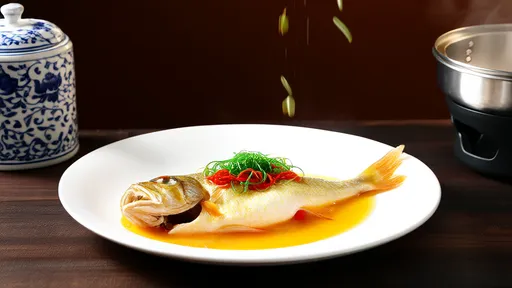
By /Aug 11, 2025

By /Aug 11, 2025
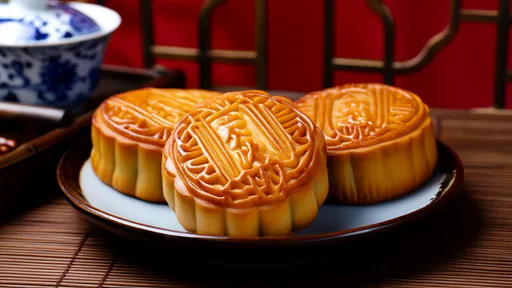
By /Aug 11, 2025
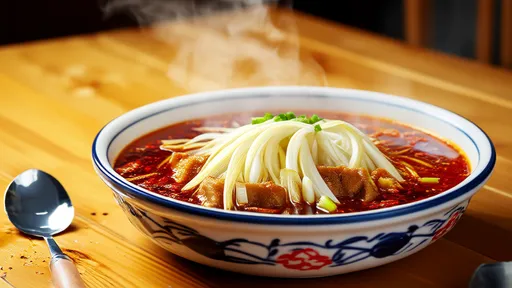
By /Aug 11, 2025

By /Aug 11, 2025

By /Aug 11, 2025
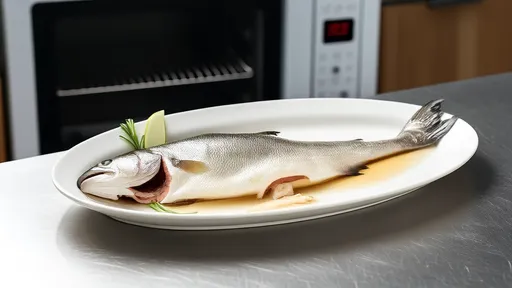
By /Aug 11, 2025

By /Aug 11, 2025

By /Aug 11, 2025
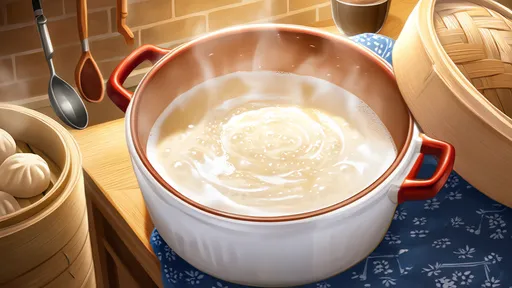
By /Aug 11, 2025
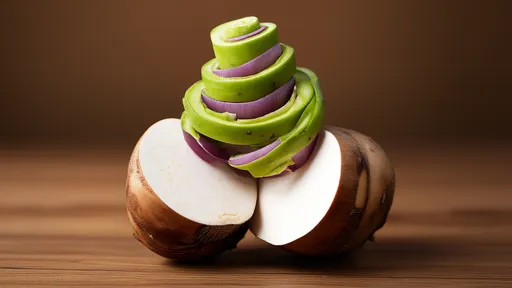
By /Aug 11, 2025
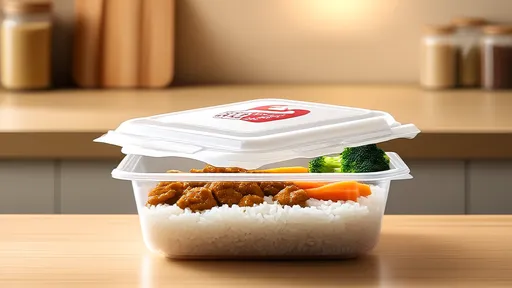
By /Aug 11, 2025

By /Aug 11, 2025

By /Aug 11, 2025
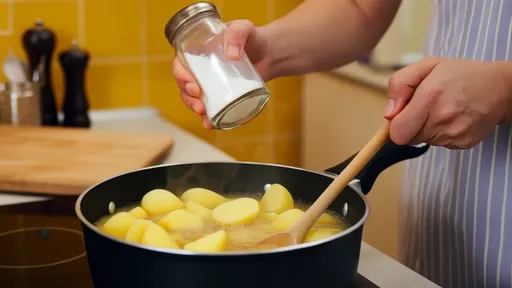
By /Aug 11, 2025

By /Aug 11, 2025

By /Aug 11, 2025

By /Aug 11, 2025
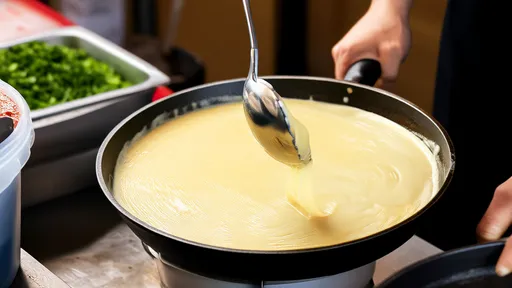
By /Aug 11, 2025